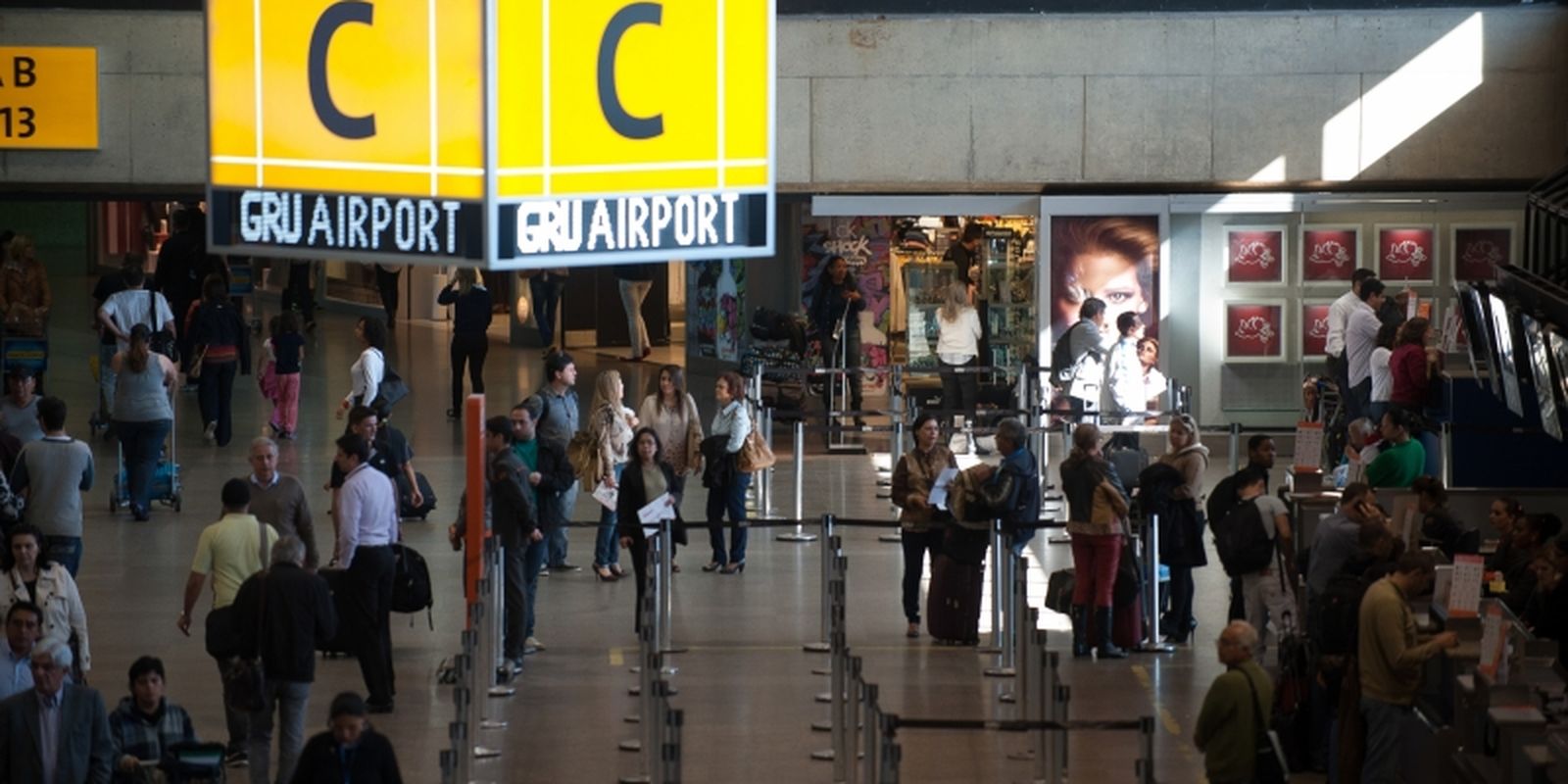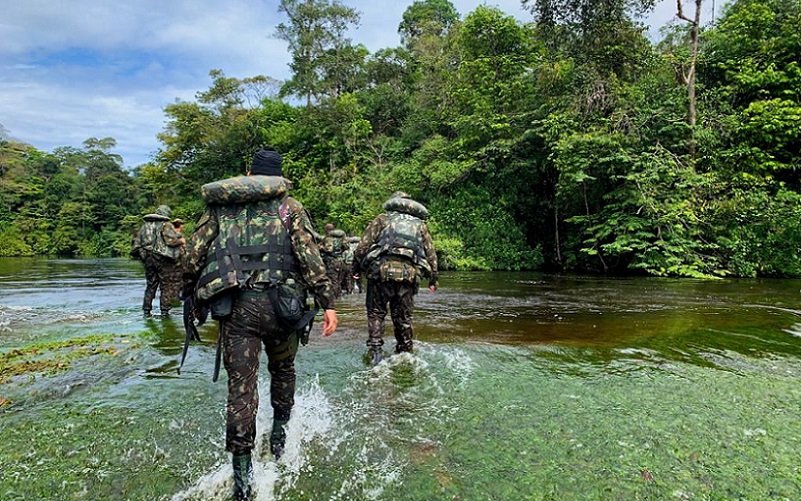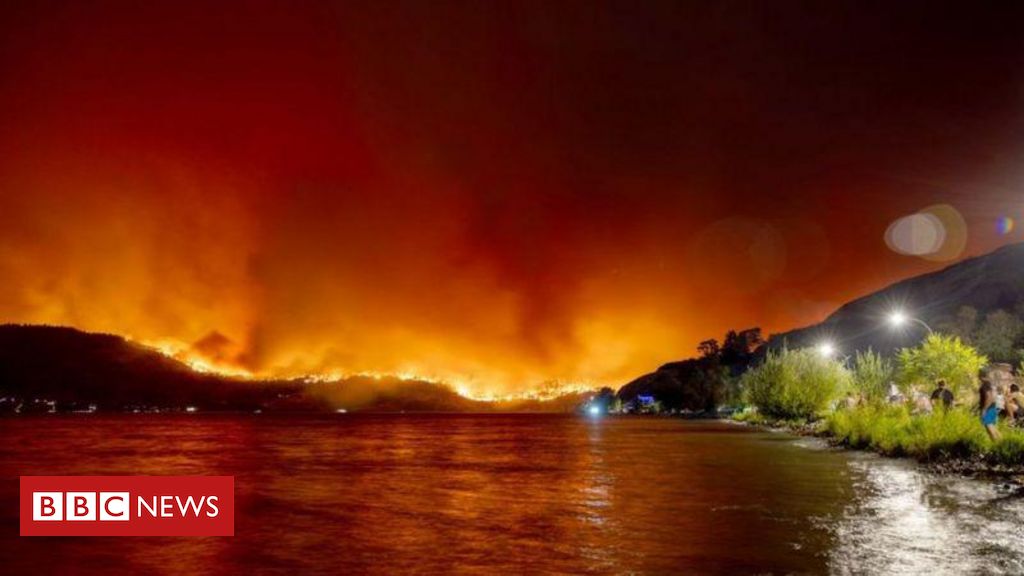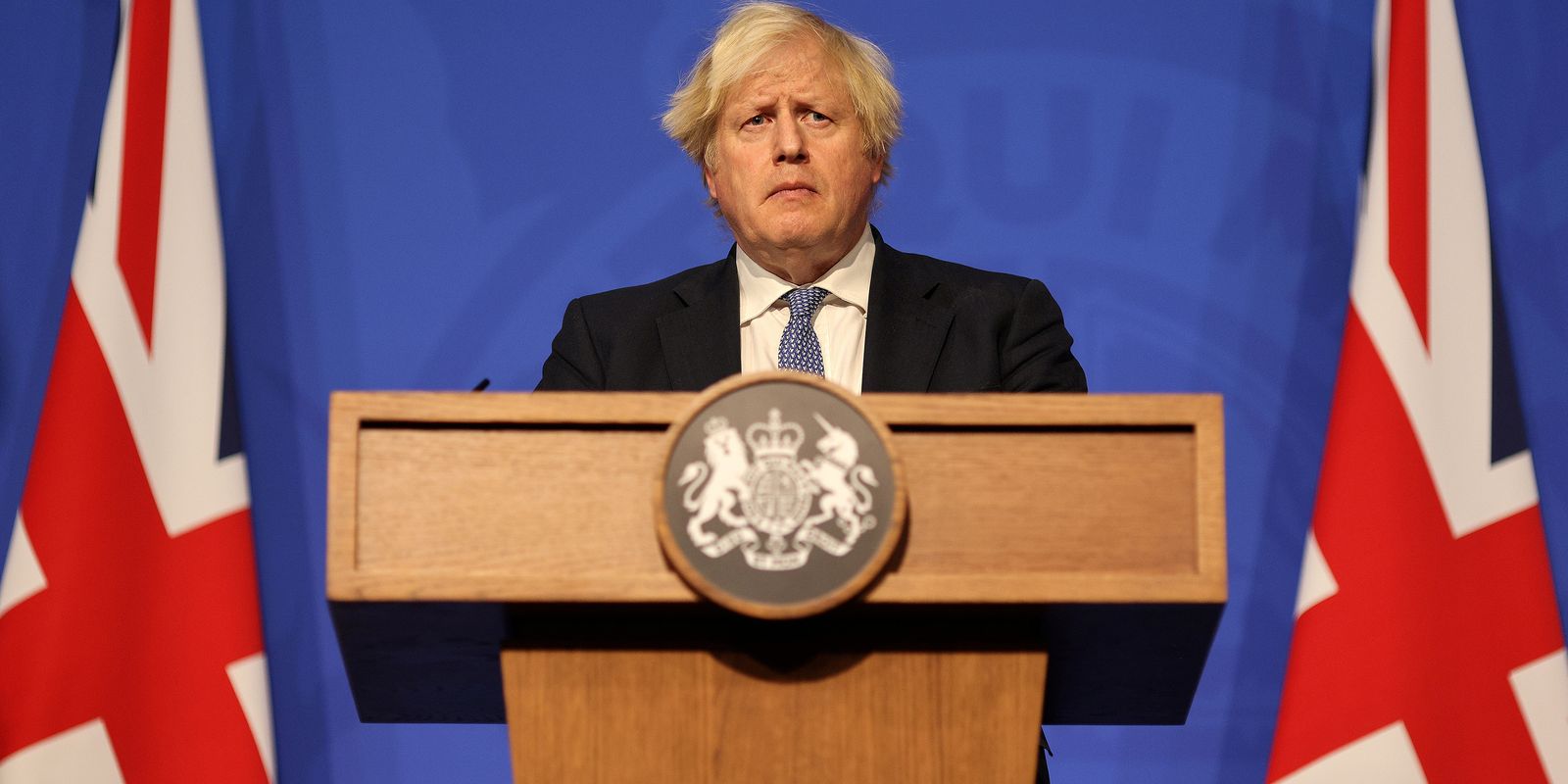“QDear sisters and brothers of Canada, as you know, I will come before you in the name of Jesus, especially to meet and embrace the indigenous peoples”, underlined the pontiff, from the window of the Apostolic Palace, after the recitation of the Angelus Pray.
“Unfortunately,” he acknowledged, “in Canada, many Christians, including some members of religious institutes, have contributed to a policy of cultural assimilation that has in the past seriously harmed Indigenous communities in various ways.” .
Recently, the Argentine pope welcomed some members of these communities to the Vatican, to whom he expressed his “pain and solidarity for the evil suffered”.
“Now I am about to embark on a penitentiary journey which I hope, with the grace of God, can contribute to the path of healing and reconciliation already marked out,” concludes the head of the Catholic Church.
The trip to Canada is very important for Francis, who however was forced to suspend his planned trips to South Sudan and the Democratic Republic of Congo due to knee pain.
His “pilgrimage”, between July 24 and 30, takes place after learning that indigenous communities, such as the Inuit or the Métis, were mistreated in boarding schools run by the Catholic Church during the processes of forced assimilation to the 19th and 20th centuries.
From the end of the 19th century until 1997, Canadian governments entrusted Catholic, Anglican and Protestant institutions with the education of Aboriginal children, who were removed from their colonies, even without parental consent, and, in boarding schools , they were forbidden to use their name. , dialects and traditions.
It is estimated that between 1890 and 1997, around 150,000 indigenous children were forcibly interned in hundreds of school hostels and around 4,000 minors died due to the poor conditions in which they lived.
Also read: The Pope mourns the death of his friend, the “unbelieving” journalist Scalfari

“Pop culture fan. Coffee expert. Bacon nerd. Infuriatingly humble communicator. Friendly gamer.”







